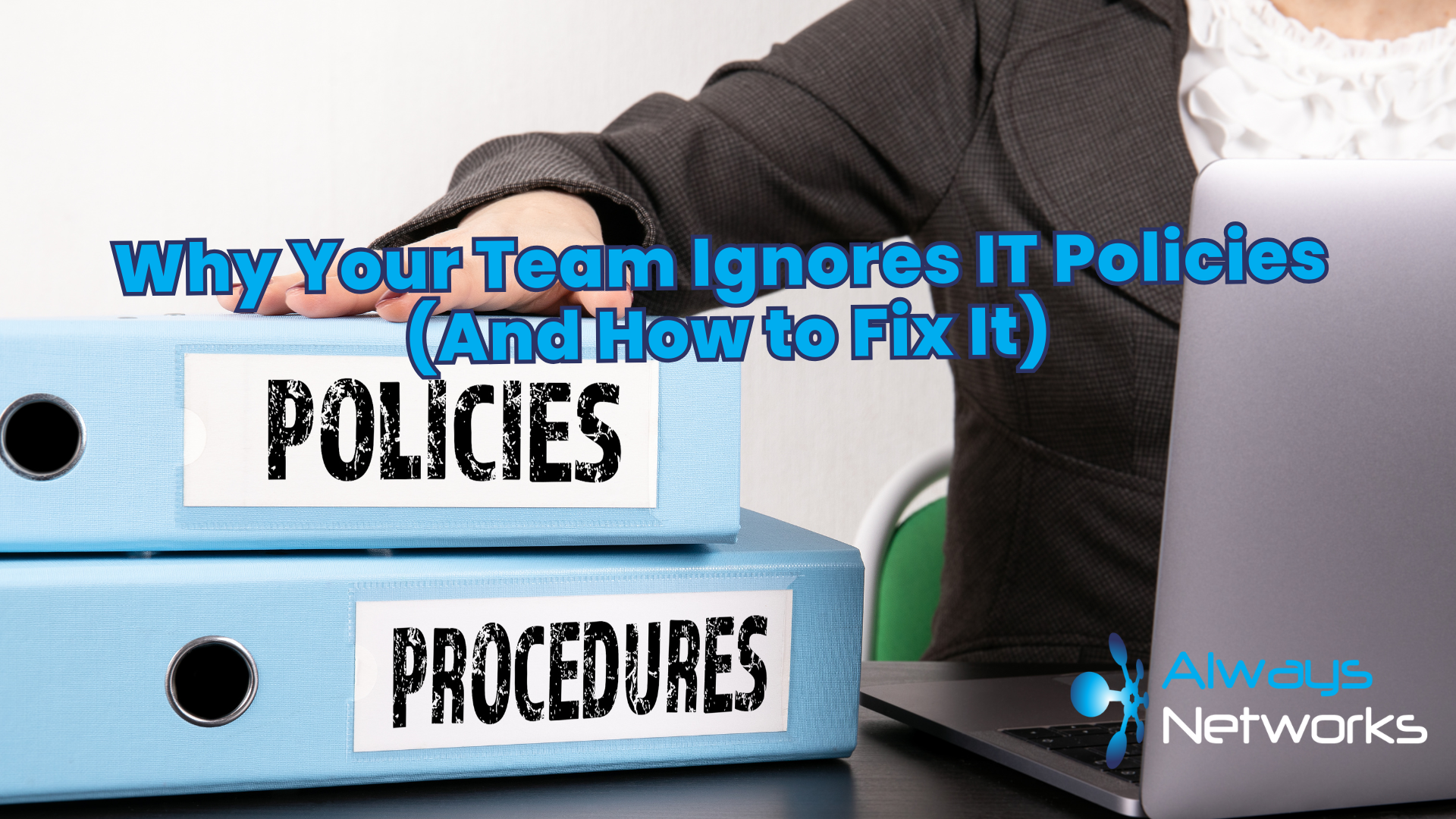Your server crashes at 2 PM on a Tuesday. Your team can’t access files, emails bounce back, and customers can’t reach your website. The repair bill starts climbing, but that’s just the beginning.
This scenario plays out in businesses across the UK every day. Yet it’s completely avoidable with the right approach.
The True Cost of IT Emergencies
When your IT systems fail unexpectedly, you’re not just paying for repairs. You’re paying for everything that stops working.
- Lost productivity – Your team sits idle whilst systems are down. With the average UK salary at £37,600, even a four-hour outage across 20 staff costs around £360 in wages alone – and that’s before you factor in the work that doesn’t get done.
- Emergency callout fees – IT support companies charge premium rates for urgent fixes. Weekend and evening repairs cost significantly more than planned maintenance during business hours.
- Data recovery – According to the UK Government’s Cyber Security Breaches Survey 2025, 71% of businesses rely on cloud backups, but without proper support, how do you know they’re actually working when you need them?
- Business disruption – The same government survey shows that when businesses face IT problems, 17% need extra staff time just to deal with the issue, and 9% have to stop staff from doing their normal work entirely. If you’ve got five employees on the average UK salary, just one day of lost work costs your business about £725 in wages alone.
- Reputation damage – Customers remember when you can’t deliver. Missing deadlines because your systems are down damages relationships that took years to build.
The Hidden Costs That Add Up
Beyond the obvious expenses, IT emergencies create problems throughout your business:
- Staff frustration – Nothing kills morale faster than technology that doesn’t work. When your team spends their day fighting with computers instead of serving customers, everyone suffers.
- Rushed decisions – Under pressure, businesses make poor choices. Emergency hardware purchases cost more and often don’t fit properly with existing systems.
- Lost opportunities – While you’re dealing with IT fires, competitors are winning new business. Every hour your systems are down is an hour you can’t respond to enquiries or process orders.
- Compliance worries – The government’s cyber security survey reveals that only 40% of UK businesses use two-factor authentication. System failures can expose security gaps you didn’t know existed.
How Preventive Maintenance Changes Everything
Regular IT health checks work like MOTs for your technology. They spot problems before they become disasters.
The government’s June 2025 cyber security survey shows that the average breach costs £1,600 to fix. Compare this to the cost of regular maintenance, and prevention wins every time.
During preventive maintenance, we:
- Monitor system performance and catch problems early
- Test backup systems to make sure they actually work
- Apply security updates before vulnerabilities are exploited
- Replace hardware showing signs of wear during business hours
- Optimise systems to run more efficiently
Real Prevention in Action
- System monitoring catches failing hard drives before they crash your server. Early warning gives you time to replace components during normal working hours at standard rates.
- Security updates matter more than ever. The UK Government’s Cyber Security Breaches Survey 2025 shows that 43% of businesses faced cyber attacks last year – that’s about 612,000 companies. Regular patching keeps you off that list.
- Backup testing ensures your data recovery actually works. Finding out your backups are corrupted during an emergency is too late.
- Performance tuning stops those frustrating slow-loading screens. When your team spends time watching progress bars instead of working, you’re losing money every minute.
The Preventive Maintenance Advantage
Businesses with regular IT maintenance avoid the panic of emergency repairs. They also avoid the productivity losses that come with unreliable technology.
Think about it: if just one staff member spends 20 minutes a day dealing with IT issues, that’s nearly two hours every week. For a business with 20 employees, you’re essentially losing a full-time worker’s hours every month to preventable problems.
Your IT systems support everything you do. When they work smoothly, your business runs smoothly. When they fail, everything stops.
Making the Switch
Moving from reactive to preventive IT support starts with understanding what you have and what risks you face.
The government’s data shows that only 32% of UK businesses have a policy to update their software within two weeks of patches being released. This creates security gaps and performance problems that proper maintenance prevents.
Good IT support isn’t about replacing what you have with expensive new kit. It’s about making what you’ve got work properly, keeping it secure, and helping your business run smoothly.
We start by understanding how your business works, then make your technology work for you – not the other way round.
Your choice is simple: invest in prevention, or pay for emergencies. One costs less and causes much less stress.
Book a call with Nick:



